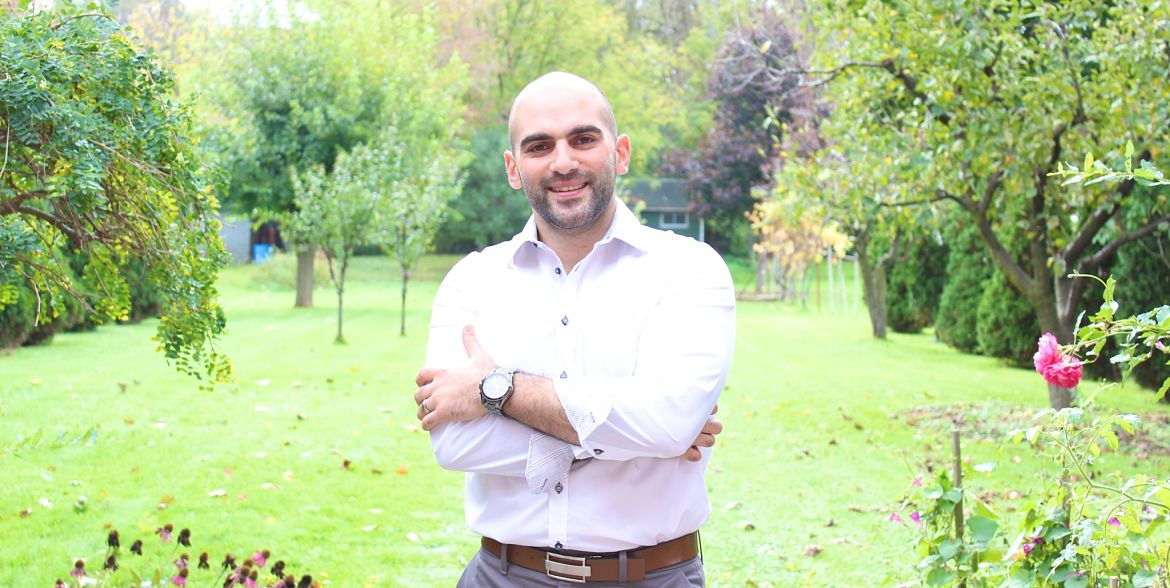By Yashar Khosroshahi, ND
Patients do not come to my office because they think candy is better than kale. They come to me because they don’t know why they keep picking candy over kale. As a Naturopathic Doctor I commonly see very smart people unable to implement positive change in a sustainable manner. Patients often confess to me that they “know better” and living a healthy life “seems so hard”.
Often change becomes difficult to implement because we believe we do not have the resources to successfully and sustainably maintain the change in behaviour. Our motivation starts to wean and doubt starts to creep in, keeping us from successful change.
This mental exercise that I often use with patients to help them gain insight into how they are interacting with the challenge at hand comes from the world of psychology and neuroscience.
Exercise for Change:
1) From a scale of 1 (not at all) to 10 (100% committed), how willing are you to (insert goal/change)?
Whatever your answer is, ask yourself; Why didn’t I pick a lower number? For instance, if you picked 5, then why didn’t you pick 3 or 4?
Asking yourself for reasons why you didn’t pick a lower number provides insight into your own thinking and motivation into committing to the goal. On the contrary, most of us have a habituated response to ask why a higher number was not picked. This often triggers feelings of inadequacy and can be threatening to the process of change, especially if one is already feeling overwhelmed by the change.
2) Write a list of at least 15 reasons why you didn’t pick a lower number and how these reasons are important or of value to you. Make sure to draw from all areas of your life.
Asking yourself for multiple reasons requires you to search your brain for answers, and not just list the first couple of automatic responses. Drawing on valuable examples of how your goal is connected to various spheres of your life only increases your desire to act.
3) How will (insert goal/change) increase your joy/engagement in your life.
People are more likely to commit to change if they can clearly identify how the change will benefit them in a positive and immediate way. The flip side to that is using fear-tactics. This may be motivating in the short term, but more destructive in the long-term.
4) Re-write and re-read your list each day for the next two weeks.
Once you have your reasons listed repeat the cycle. Rehearsing your personal reasons will help turn a foreign idea for your brain into a familiar go to response when faced with the option to choose kale over candy.
About Yashar Khosroshahi
My name is Yashar Khosroshahi. I am Naturopathic Doctor and a certified brain-based coach who trains people to overcome mental obstacles to reach peak performance. I graduated from the Canadian College of Naturopathic Medicine and apply my training from the NeuroLeadership Institute and the Institute of HeartMath to help individuals advance in business, sport, relationships and personal health and well being. I also teach Health Psychology at CCNM and have a private practice in Newmarket, Ontario.
I am happy to be part of the Cookin’ Greens community because they makes it even easier for everyone to incorporate more nutrient rich, healthy foods into their diet – what’s not to love about that?













